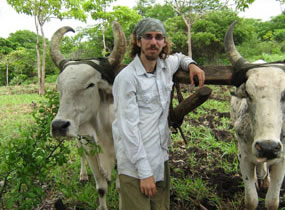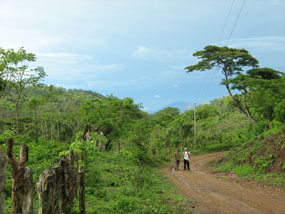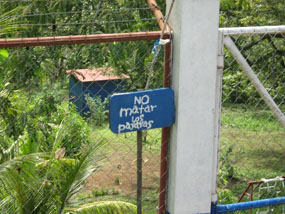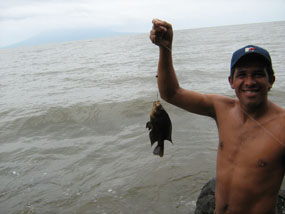
Like many students, I eagerly plunged into academia with a general understanding of the direction I would like my academic and professional career to take. In an attempt at honing down my academic interests while pursuing my BS in Biology at Northern Arizona University, my combined interests in Latin America and tropical biodiversity conservation resulted in a volunteer stint with the Santa Martha Animal Rehabilitation Center and the Andean Bear Project in the Amazon and Ecuadorian Andes, respectively. Despite living in awe-inspiring ecosystems with truly remarkable wildlife, I was fully aware of the fact that I marginally comprehended the overall extent of the relationships between local residents and their surrounding ecology. After returning to complete my BS, I found myself ruminating over these relationships with questions like “where do local peoples fit in traditional biodiversity conservation?”

Building on these and similar questions, a year later I had the opportunity to seek my own answers in the form of research exploring the local ecological knowledge (LEK) of Nicaraguan tropical dry forest communities. My research in Nicaragua, in combination with my subsequent Master’s thesis investigating public perceptions of bats among wildland-urban interface residents in northern Arizona, solidified my desire to devote my nascent career to studying LEK. In particular, my current research will focus the construction, maintenance, and communication of LEK among community members in southwestern Nicaragua. Moreover, I would like to explore if and how residents’ awareness of and participation with community-based conservation influences the content and development of LEK.
I am incredibly fortunate to be part of the Applied Biodiversity Science program at Texas A&M University for a diversity of reasons. For example, ABS students are encouraged to apply multidisciplinary perspectives and practices toward conducting their research in addition to engaging in cross-disciplinary collaborations with other students and faculty. Most importantly, this unique program promogram promotes research that bridges the gap between the social and biological dimensions of biodiversity science and conservation – an essential reason for why I believe LEK is fundamental to community-based conservation of biodiversity.




